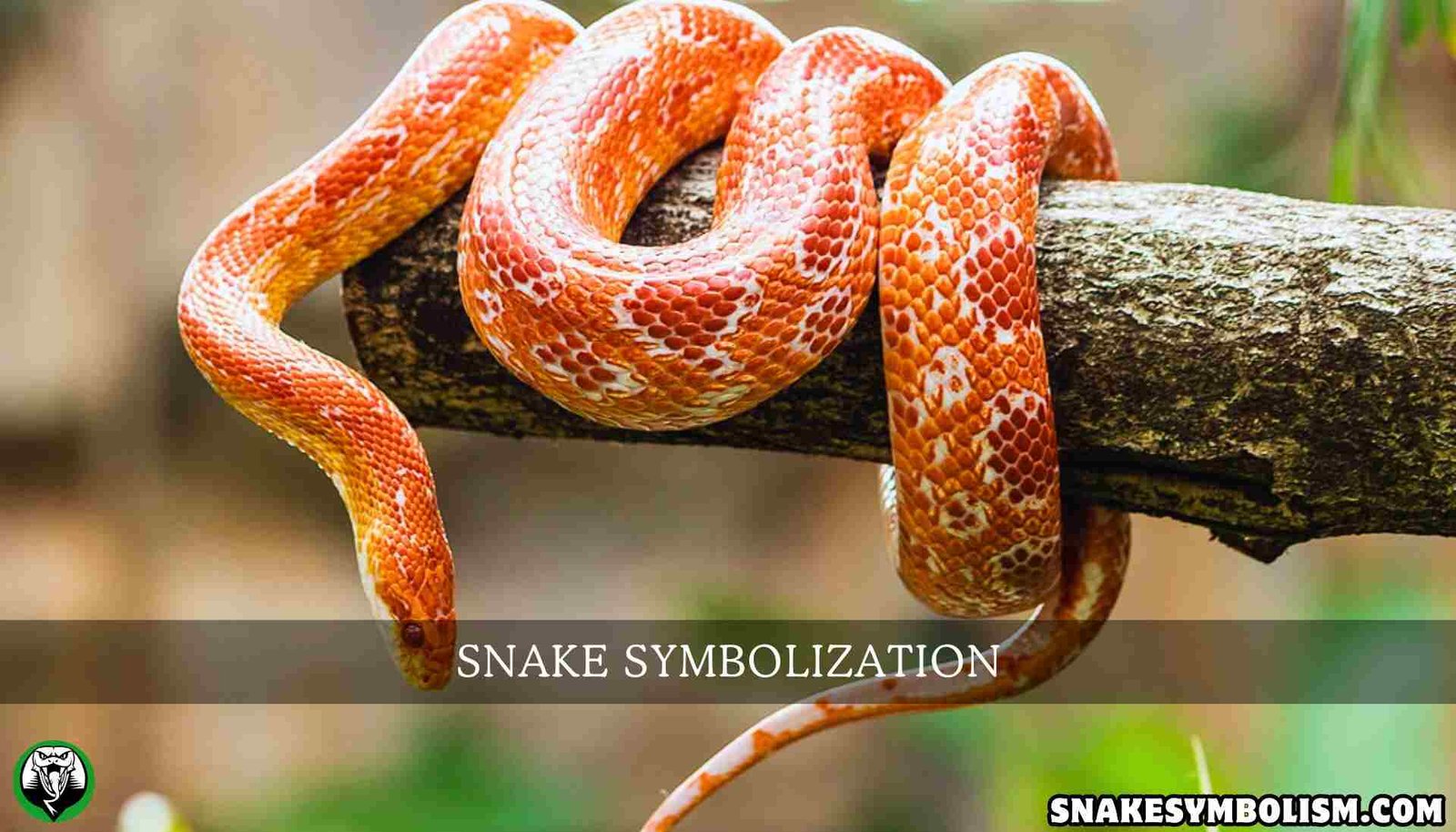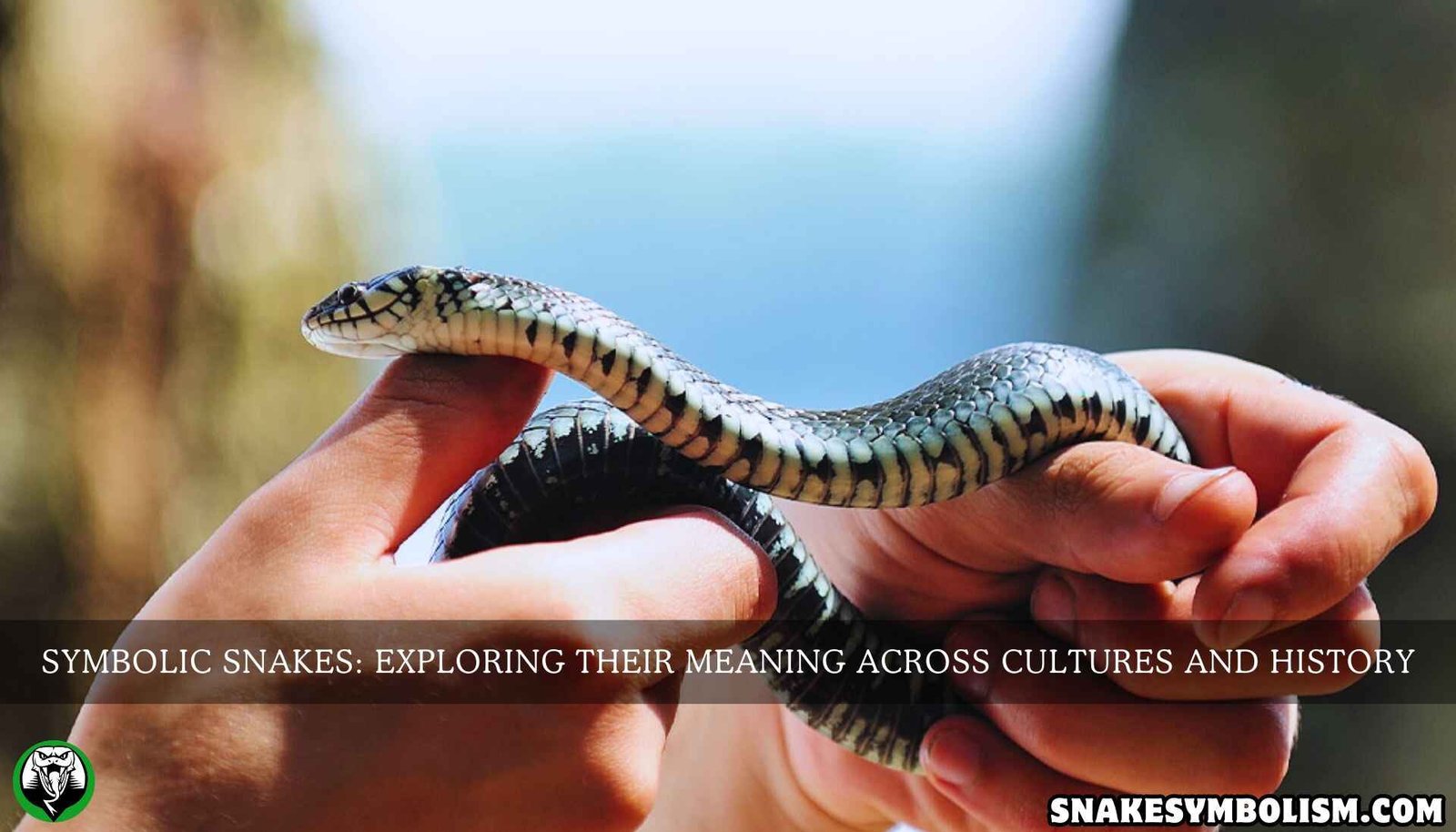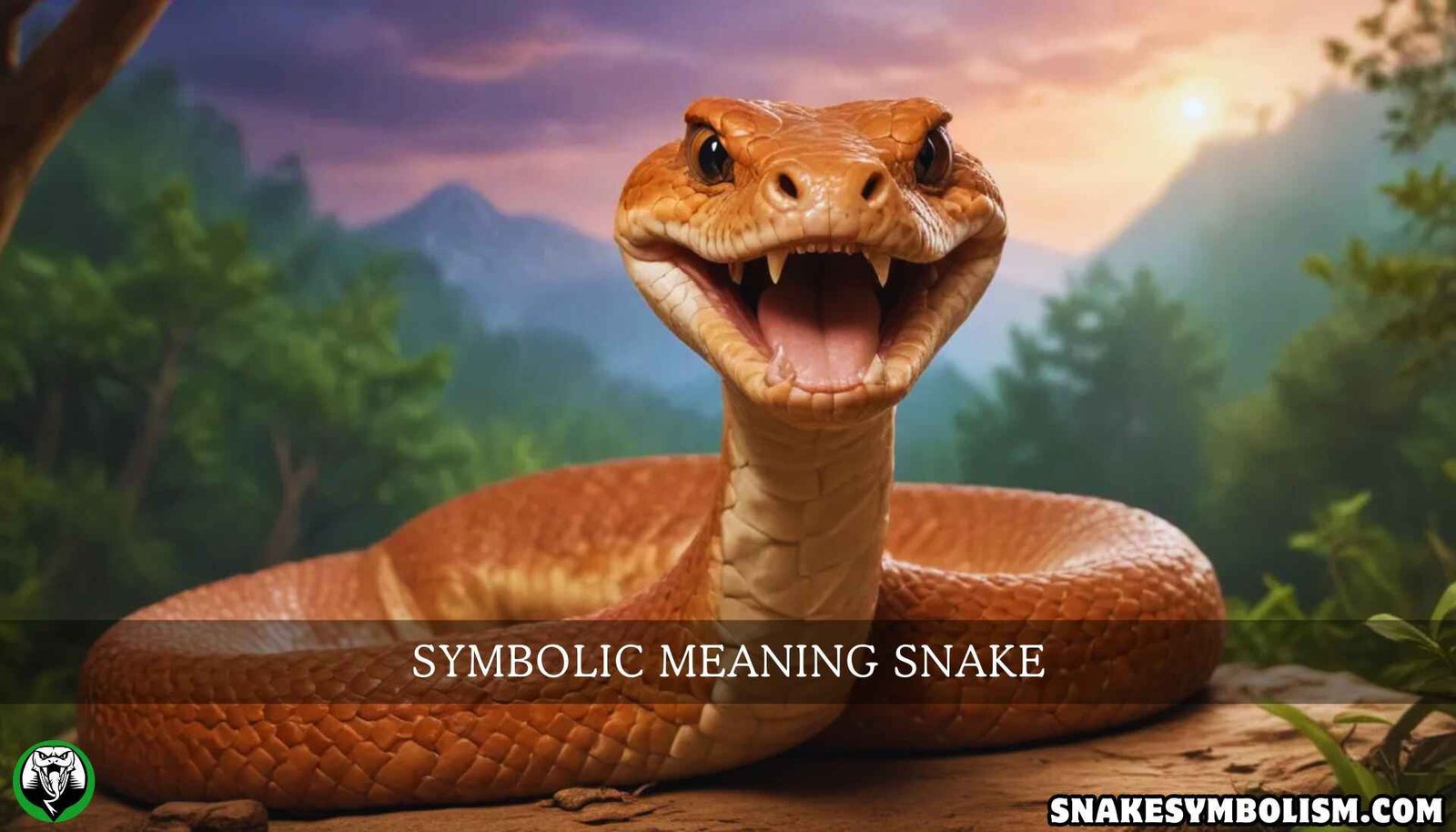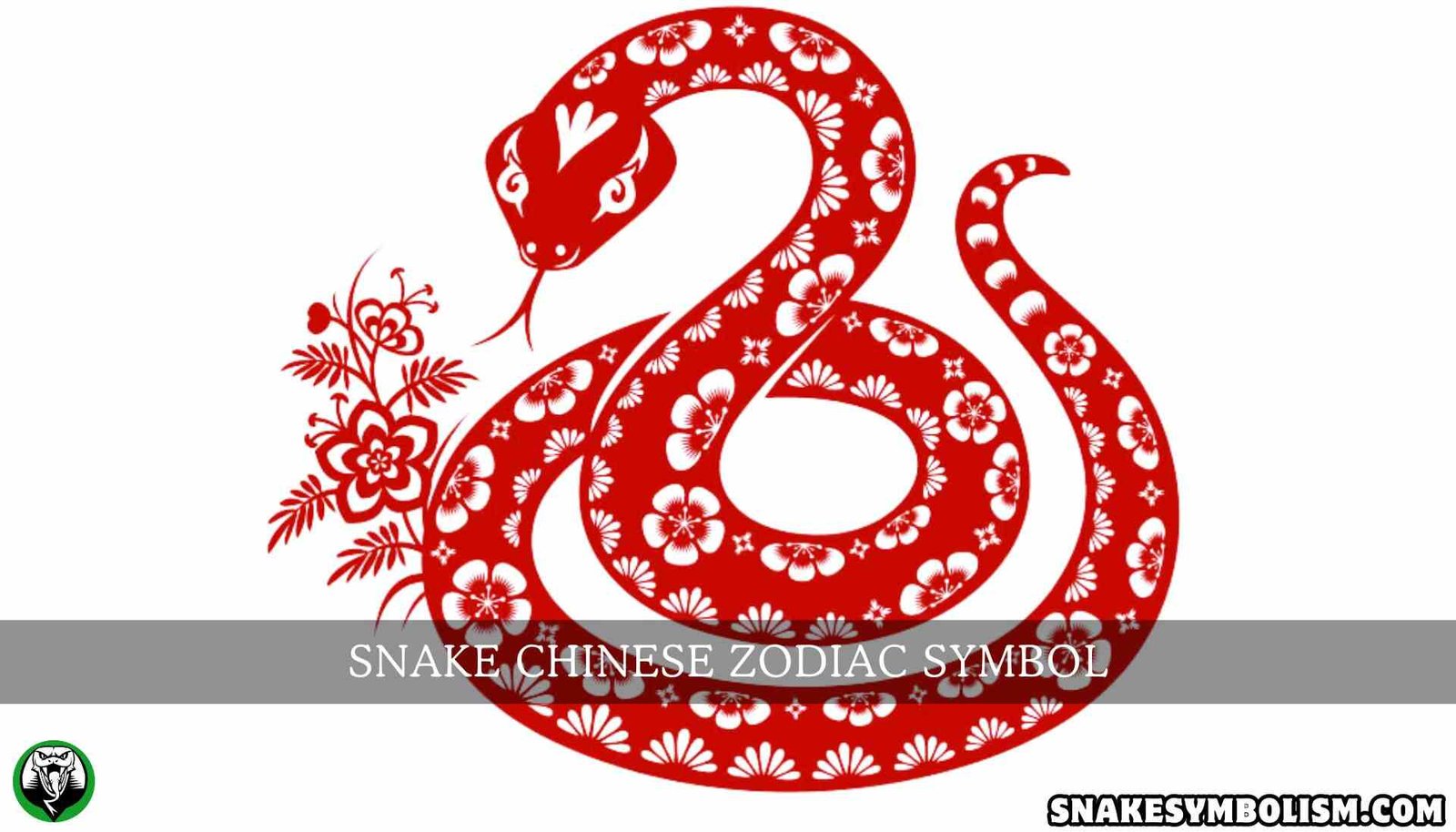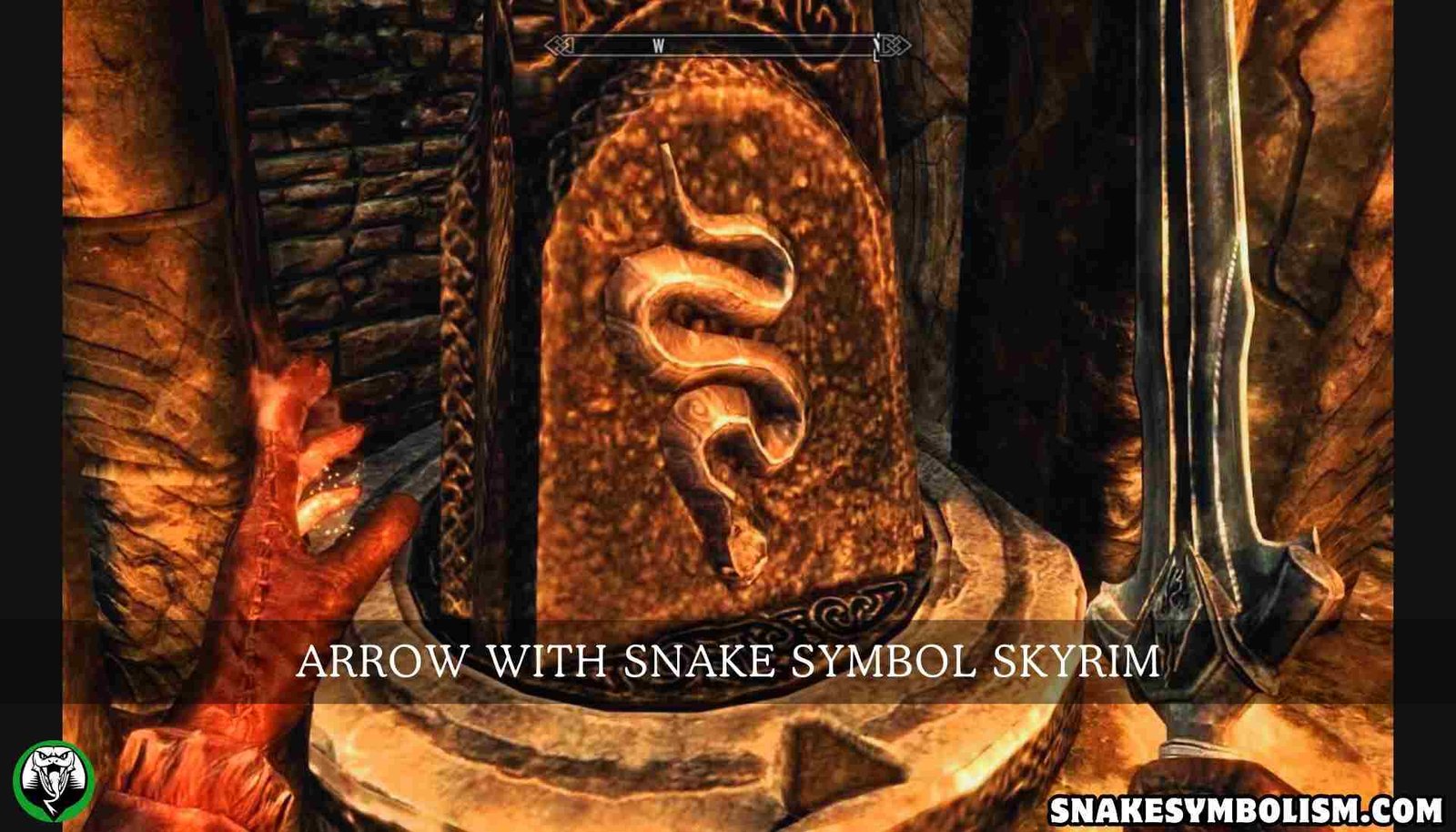Snakes feature prominently in many images across time and culture, performing many functions. Creation myths, Buddhism, and modern psychology conceptualize the snake as transforming and wearing the robe of a healer, sorceress, and even a deadly creature. In what perspective does the immediate symbolism of snaking draw closer? This article attempts to answer this question with mythology, religion, and psychology.
Snake Symbolism in Mythology
Egyptian Mythology
In the land of the Pharaohs, snakes were regarded both with awe and with reverence. The Egyptian cobra, or the Uraeus emblem on a pharaoh’s sarcophagus, indicated kingship and spiritual state. The goddess, represented by this snake, was called Wadjet and was the guardian of Egypt.
There were other not-so-benevolent goddesses such as P Apep, who was a gigantic serpent representing chaos. Apep was the enemy of the sun god Ra, and every night he was defeated so the sun would come out again. Sheds light on the aspect of snakes which are often neglected, that of support as well as a vying element.
Greek Mythology
In Greek legends, snakes are chiefly seen as both healers and deadly creatures. Asclepius, known as the father of medicine has a staff with a single snake who functions as the goddess of health.
On the other hand, the Gorgon Medusa’s face is adorned with snakes – a depiction of death, danger, and betrayal. But then, there is also the Ouroboros, which is a snake curled upon itself with its mouth in its tail, which is a symbol of never-ending life, resurrection, and the cyclical phenomenon.
Hindu Mythology
In Hinduism, snakes (Nagas) are the personification of fertility and cosmic harmony. God Vishnu sleeps on Shesha the serpent who designates steadiness above disorder. Shiva, who is frequently portrayed with a cobra hanging from his neck, speaks of mastery over the cyclic existence of life and death.
Norse Mythology
Jormungand, also known as the world serpent, signifies the cyclical nature of the world as it encircles the earth in Norse mythology. Ragnarok would also include Jormungand for he rises from the ocean and causes chaos only to be killed at the end of the tale It is always associated with the destruction cycle of death and rebirth.
Snake Symbolism in Religion
Christianity
It also shows how snakes feature in mythology, or allegorized into another, as in Christianity, where the snake is mostly a feature of temptation and sin as well as the narrative of the Garden of Eden (in the dew-sapping serpent that pestered Eve). This resulted in the snake being assumed associated with the devil. But in the Old Testament, the snake also represents the healing virtues, when Moses healed Israelites with a bronze snake staff.
Buddhism
In Buddhism, snakes are regarded as bodily protection and enlightenment. Mucalinda the ‘king of serpents’ protected the Buddha from the storm illustrating the protection of nirvana.
Judaism
Judaism associates the snake with temptation too. However, concerning Kabbalah, the snake can also be said to be the wisdom seeker in the course, defining the obstacles on the road towards learning.
Snake Symbolism in Psychology
In the works of Carl Jung
Carl Jung occupied himself with the snake as a symbol of the archetype of the unconscious. Children are afraid of the snake because this is the synonym of the shadow, the deeper, hidden, diffused, or unimagined ‘within’, where they are aiming to ignore the outside. The very embracing of this aspect, or more correctly, archetype, is critical to the process of individuation and development of self. For Jung, also, the image of the Uroboros, eating its tail, symbolized the concepts of eternity and recuperation.
Freud’s View
Freud, on the other hand, attributed to the snake all feminine vices as a symbol of manhood, creative energy, and aggression. This intensely fits into our understanding of dream interpretation and subconscious wish fulfillment theories.
Snake Symbolism in modern culture and art
In literature and cinematography
In literature and cinematography, snakes often depict betrayal, wit, and threat. In Slytherin House from the Harry Potter series, the snake is portrayed as cunning and ambitious. The snake’s capacity to strike fast and with silence made this culture a great fear emotion.
Fashion and Art
Fashion and art usually incorporate snakes due to the seductive and enigmatic qualities surrounding them. Versace adds a Medusa which epitomizes beauty and peril. Snakes’ representations have also been associated with the themes of lust and change in the works of many artists including Gustav Klimt.
Read Previous – Arrow with snake symbol skyrim
Indigenous Snake Symbolism
Native American Symbolism
Characteristics and beliefs regarding the snake contest such as life, death, or rebirth are seen only among the tribes in North America among other colonizers. These tribes such as the Hopi engage in dances that feature snakes in a bid to request the gods for rain and fertility since they view the snakes as agents of the god.
Australian Aboriginal Mythology
The Rainbow Serpent is an important archetype within the Aboriginal Australian paradigm as it relates to life, procreation, and birth. Its coiling center pulse is associated with the fluid movement of water bodies hence rivers and life cycles.
The Dual Nature of Snakes
One of the snake symbols was it being life and death aspects in very strong aspects. In fact, in different cultures, the image of the snake is perceived as representing death and at the same time rebirth as it sheds its skin.
Healing and Medicine
The Rod of Asclepius, the snake coiled on a stick remains the most entrenched herbal stick within the medical world. Venom which could destroy but could also remediate the important theme of violence also balances the action of the sin and the spirit.
Destruction and Renewal
Snakes can be regarded as inherently destructive, the most obvious factor being their venomous disposition and the fact that they can attack anyone without warning. On the contrary, their ability to regenerate, for instance by shedding of the skin, categorizes them as symbols of change and resurrection and therefore can be seen in the life cycles.
FAQS
Q: In various cultures, what does snake stand for?
A: Cross-culturally, snakes are imbued with the notions of death and rebirth, metamorphosis, information, health, and threat. In Egypt, they are symbols of defense and disorder. In Hinduism, they are illustrated as the equilibrium of the universe, while in Greek mythology, they are healers as well as threats.
Q: Why is it that the snake has something to do with rebirth?
A: The fact that any snake possesses the power and ability to shred off his outer covering reinforces the idea of resurrection as well as change in an understanding of perversion and narrow-mindedness. This is the reason believers regard the snake as a symbol of rebirth.
Q: What is the perception of the snake in Christianity?
A: With Christianity, the snake represents duality and sin whereby the book of Genesis gives the story of creation and the temptation of Adam and Eve. The snake is also associated with medicine in the Old Testament where Moses builds a snake of bronze to heal the Israelites.
Q: What does the Ouroboros symbol mean?
A: The Ouroboros or snake gallus depicting the tail is the infinity symbol that entails a ring of life and life circles death life renewal conclusion emptiness. It means endlessness and a relative philosophic view of everything that exists in this universe, including life.
Q: How did the snakes become related to healing?
A: King Asclepius is the one who holds a staff around which a snake is associated for healing purposes- something referred to as a Rod of Asclepius. The process of skin shedding reveals the aspect of recovery, whereas the snake’s poison has a dual purpose, that is, as injury and as medicine.
Stay connected and updated with – SnakeSymbolism!


